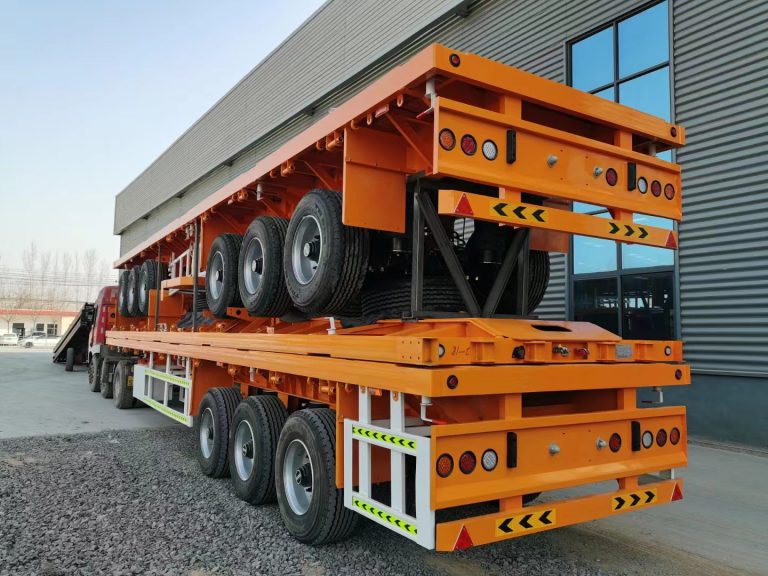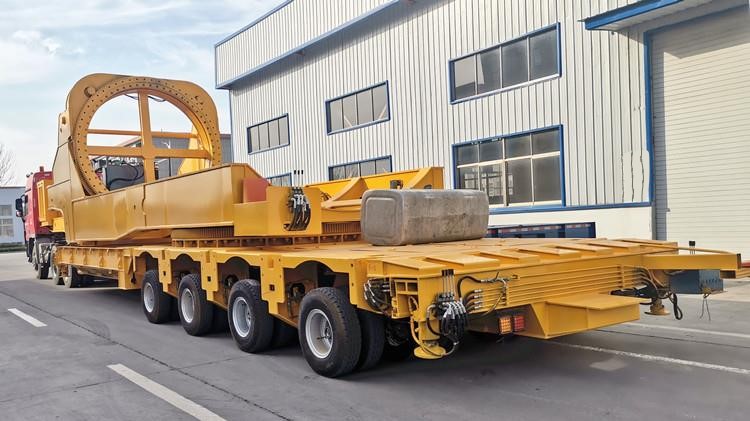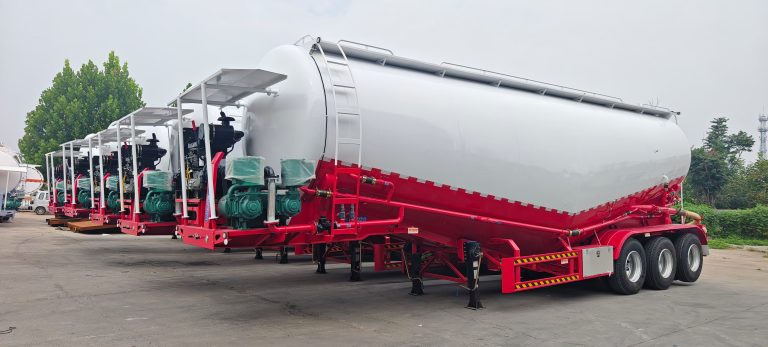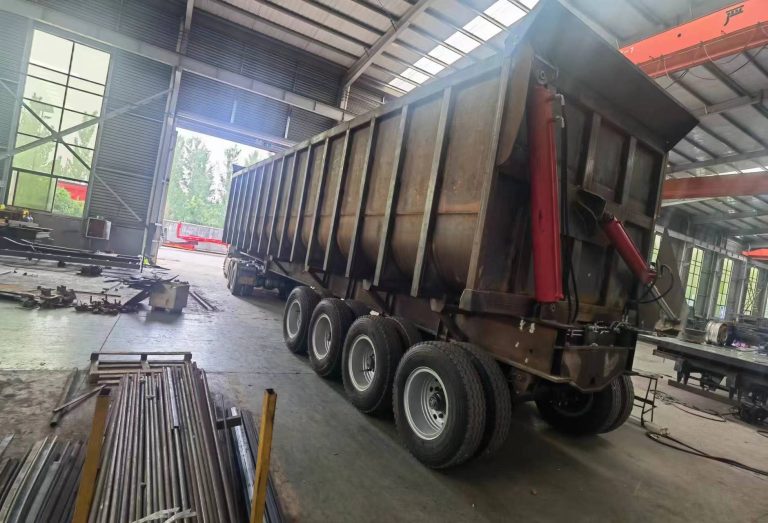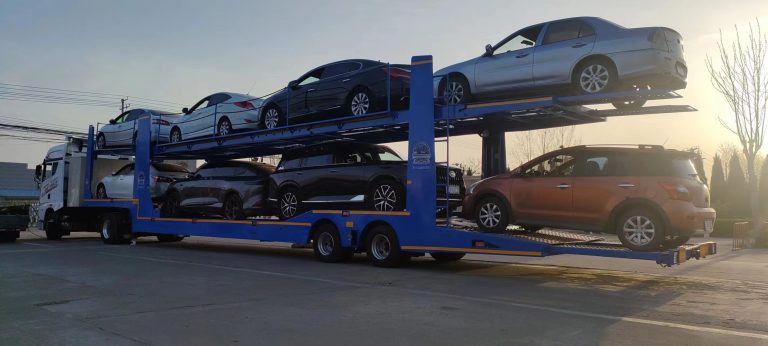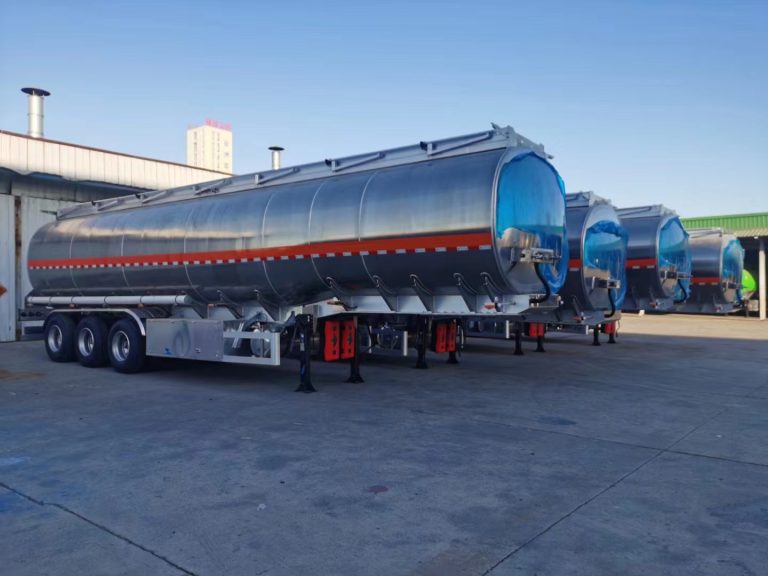Transporting propane requires strict adherence to safety regulations and best practices due to its flammable nature. Here are the key considerations for transporting propane, especially when using a tank trailer:
General Propane Transportation Methods
- Tank Trailers: These are commonly used for bulk transportation of propane. They are designed to handle high pressure and are equipped with safety features like pressure relief valves.
- Cylinder Trucks: Smaller propane cylinders are transported on specialized trucks with secure racks.
- Pipeline Transport: In some cases, propane can be transported via pipelines, especially for industrial-scale distribution.
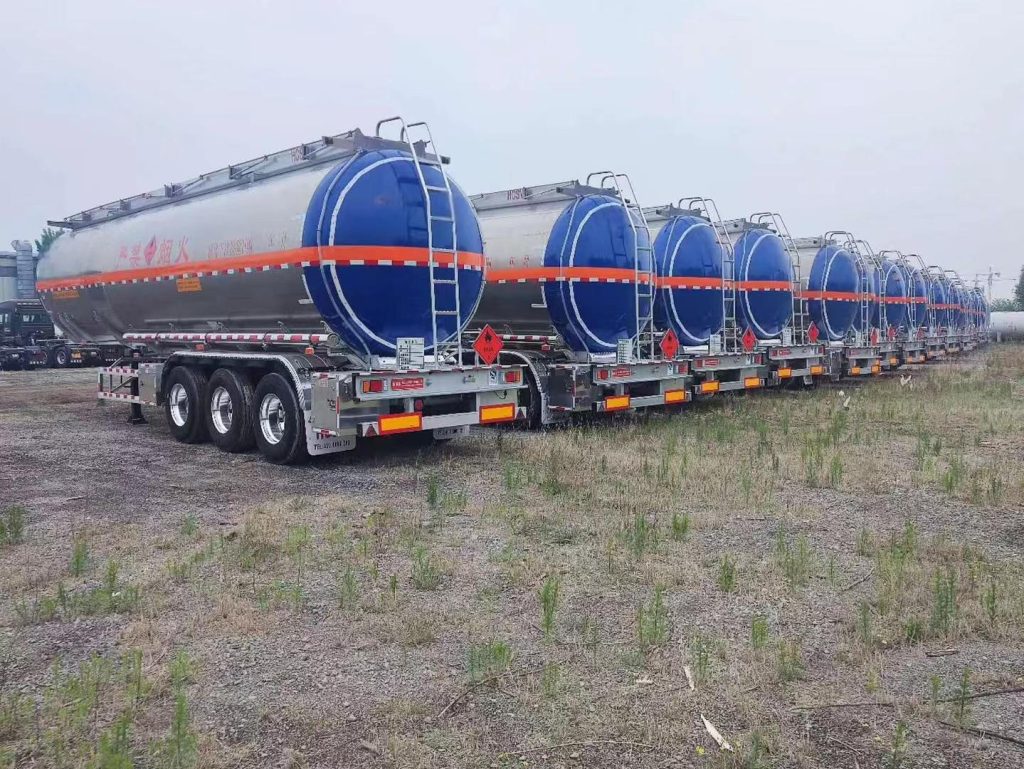
Safety Measures When Transporting Propane with a Tank Trailer
1. Vehicle and Equipment Requirements
- Tank Design: Propane tanks must comply with DOT specifications (e.g., MC-331) and be designed to withstand high pressure (typically rated for 250 psi). They must also have thermal protection and pressure relief valves.
- Regular Inspections: Tanks and trailers must be inspected regularly for leaks, corrosion, and structural integrity. Pressure tests should be conducted every five years, and maintenance records must be kept.
2. Loading and Securing the Tank
- Proper Lifting: When loading tanks using a crane or trailer, use appropriate slings or straps rated for the tank’s weight. Ensure the load is evenly distributed and avoid putting pressure on valves or fittings.
- Securing the Tank: Use high-quality tie-down straps to secure the tank to the trailer. The number of straps depends on the tank size (e.g., three straps for a 1,000-gallon tank). Tanks should be placed on saddles, not on their legs.
- Weight and Fill Limits: Tanks must not exceed 80% fill capacity to allow for expansion due to temperature changes. For example, a 1,000-gallon tank should not be more than 5% full during transport.
3. Safety Protocols During Transport
- Driver Training: Drivers must hold a Commercial Driver’s License (CDL) with a Hazardous Materials (H) endorsement. They should be trained in emergency response procedures and safe driving practices.
- Ventilation: Ensure proper ventilation around the tank to prevent gas accumulation in case of leaks.
- Emergency Preparedness: Have fire extinguishers and emergency equipment accessible. Drivers should be familiar with emergency response plans.
4. Regulatory Compliance
- Marking and Labeling: Trailers must display appropriate placards indicating the presence of hazardous materials (e.g., “Flammable Gas” with UN identification number 1075 for propane). Tanks should also be marked with capacity, pressure rating, and inspection dates.
- State and Local Regulations: In addition to federal regulations, states may have specific requirements for permits, restricted routes, and environmental protections.
5. Monitoring and Maintenance
- Daily Checks: Conduct visual inspections before each trip to check for leaks or damage.
- Leak Detection: Use specialized leak detection sprays or tools to identify small leaks. Signs of leaks include the smell of propane, hissing sounds, or frost on the tank.
Additional Tips
- Avoid Overloading: Limit the number of tanks transported to minimize risk.
- Direct Transport: When transporting tanks for refilling, go directly to the destination without making additional stops.
- Tank Certification: Ensure tanks are recertified every five years after the initial 12-year certification period.
By following these guidelines, you can ensure the safe and compliant transportation of propane using a tank trailer.

